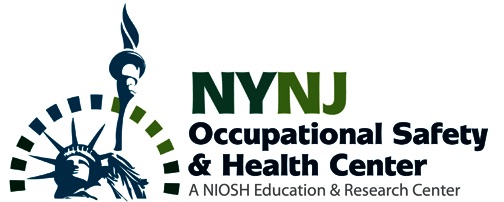Two great tours today. We started the day with a visit to the Carrie Furnace/Homestead Steel. We were on the Rivers of Steel Hardhat Tours (www.riversofsteel.com). The tour started in the Bost Building, where we saw an overview of the Homestead Site, and learned how steel is manufactured. In 1892 the Bost Building served as headquarters for the Amalgamated Association of Iron and Steel Workers. We drove over the Carrie Furnaces, two of the last blast furnaces left. The Carrie Furnaces were in operation for over 100 years, ending in the 1980s.They produced molten iron, which was transported across a “hot metal bridge” over the Monongahela to be made into steel. At its height, Carrie Furnaces employed over 4000 workers.Now, it is just another relic of our industrial heritage. But we are glad we had the opportunity to see it. Thanks to our excellent guides, Bob and Sam, who provided an enormous amount of information about the history and workings of the steel industry.
After the steel tour, we visited the NIOSH Personal Protective Technology Lab. Ed provided an overview of the activities that take place at the NIOSH PPTL. Then we toured three of the labs.The first was the lab that tests facial shapes to determine the best fit of respiratory protection.They image a face to create a 3-D image of the head, so they can identify how best to fit a respirator. The second lab was the physiology lab, where they test different types of PPE and how it effects the body. The third lab was the fit testing lab, which includes testing and certifying of all respirators. We thank the Staff at the PPTL for hosting us and providing such a comprehensive and informative visit. (And thanks to NIOSH!)
We are driving to Detroit, and look forward to our visit to Ford River Rouge and Livonia Transmission.






1 comment:
Had a great time visiting Carrie Furnace/Homestead Steel! I think what struck me most was how massive everything was. It was amazing to see what the steel workers were up against and the potential hazards around them. I can't even imagine how hot it must have been working with molten iron.
Post a Comment